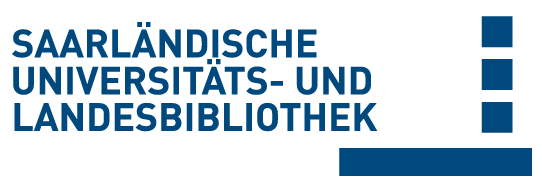Please use this identifier to cite or link to this item:
doi:10.22028/D291-45477 | Title: | Feasibility study on virtual reality-based training for skin cancer screening: Bridging the gap in dermatological education |
| Author(s): | Mergen, Marvin Will, Lisa Graf, Norbert Meyerheim, Marcel |
| Language: | English |
| Title: | Education and Information Technologies |
| Volume: | 30 (2025) |
| Issue: | 4 |
| Pages: | 5251-5282 |
| Publisher/Platform: | Springer Nature |
| Year of Publication: | 2024 |
| Free key words: | Virtual reality Artifcial Intelligence Medical education Dermatology Skin cancer screening |
| DDC notations: | 610 Medicine and health |
| Publikation type: | Journal Article |
| Abstract: | Despite growing interest in the inclusion of virtual reality (VR) in medical education, its full potential for immersive and interactive training remains underutilized, particularly in dermatology. As part of a multidisciplinary project, we tested the feasibility of integrating a VR training scenario for a complete skin cancer screening into the curriculum with 58 medical students. The evaluation focused on simulation usability, cognitive task load, immersion, change in perceived competence, suitability, and cybersickness using established and adapted questionnaires. Participants reported rather high levels of system usability and immersion and medium cognitive task load. Self-assessed competence in performing a skin cancer screening increased signifcantly after the training simulation. Prior skin cancer screening experience correlated positively with self-assessed competence and theoretical knowledge, which themselves were neither related to gender nor age. Age correlated negatively with perceived usability and immersion, enjoyment of learning during the simulation and assessed appropriateness of the simulation to learn a dermatological full-body examination while being positively correlated with perceived cybersickness. Gender was signifcantly associated with the need for technical help during the simulation and openness to new technologies. As a blueprint of a feasibility evaluation, this study can contribute to further refnement of the presented and relatable VR applications in medical curricula. |
| DOI of the first publication: | 10.1007/s10639-024-13019-w |
| URL of the first publication: | https://doi.org/10.1007/s10639-024-13019-w |
| Link to this record: | urn:nbn:de:bsz:291--ds-454779 hdl:20.500.11880/40067 http://dx.doi.org/10.22028/D291-45477 |
| ISSN: | 1573-7608 1360-2357 |
| Date of registration: | 30-May-2025 |
| Description of the related object: | Supplementary Information |
| Related object: | https://static-content.springer.com/esm/art%3A10.1007%2Fs10639-024-13019-w/MediaObjects/10639_2024_13019_MOESM1_ESM.docx |
| Faculty: | M - Medizinische Fakultät |
| Department: | M - Dermatologie M - Pädiatrie |
| Professorship: | M - Prof. Dr. Norbert Graf M - Prof. Dr. Thomas Vogt |
| Collections: | SciDok - Der Wissenschaftsserver der Universität des Saarlandes |
Files for this record:
| File | Description | Size | Format | |
|---|---|---|---|---|
| s10639-024-13019-w.pdf | 1,51 MB | Adobe PDF | View/Open |
This item is licensed under a Creative Commons License


